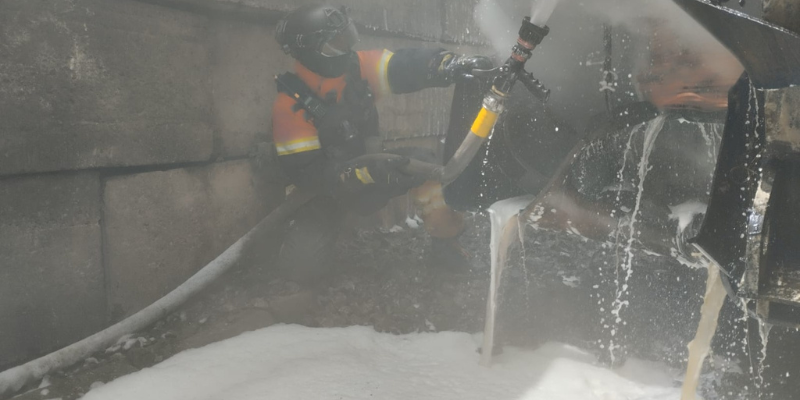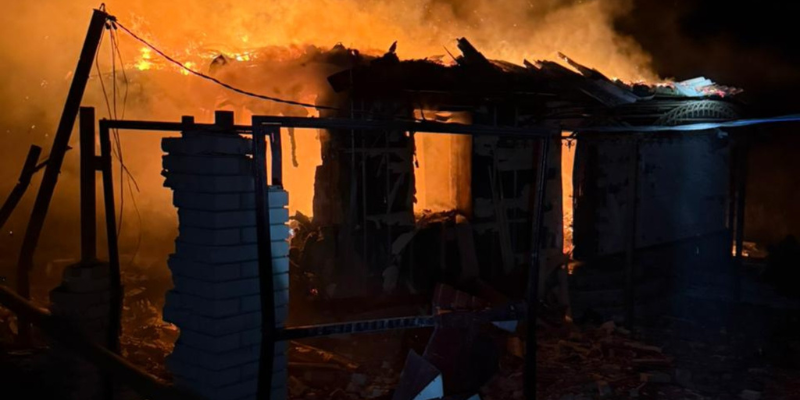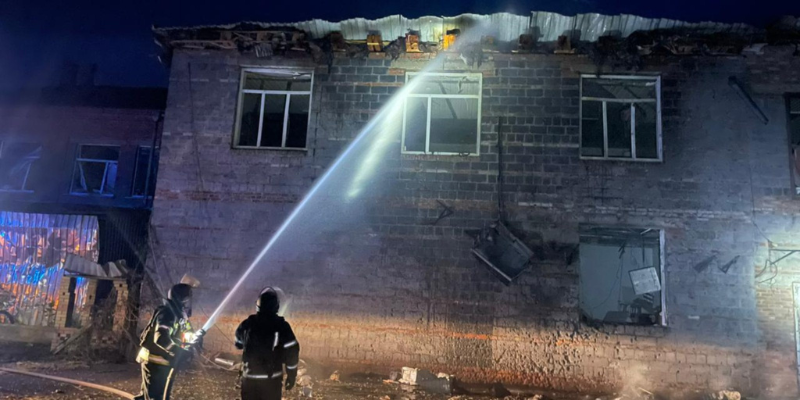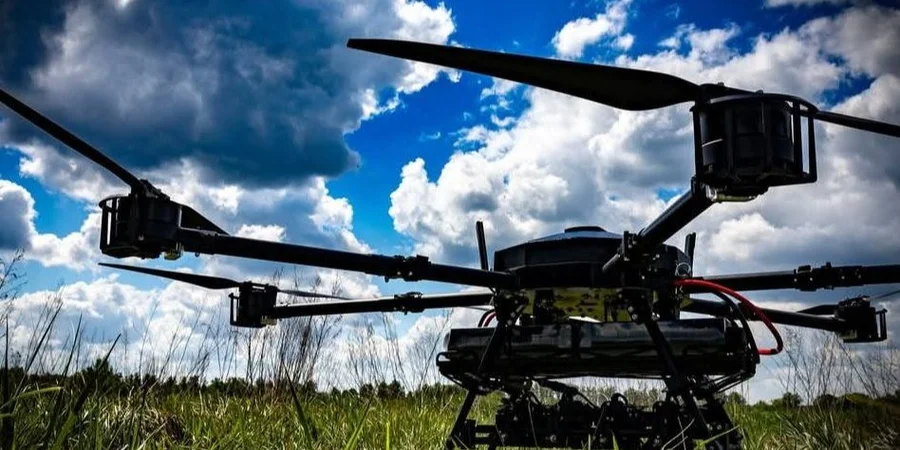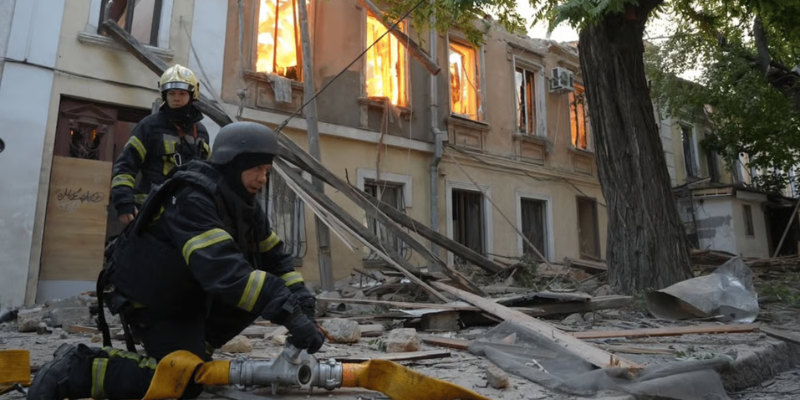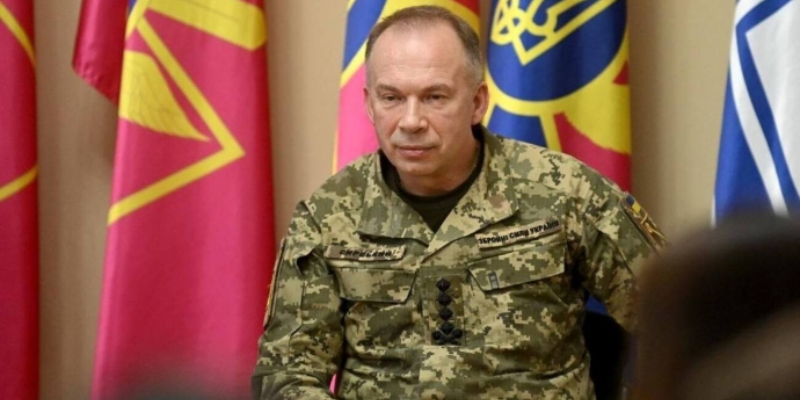EU targets Russia’s oil and gas shipping ‘shadow’ fleet in new round of sanctions
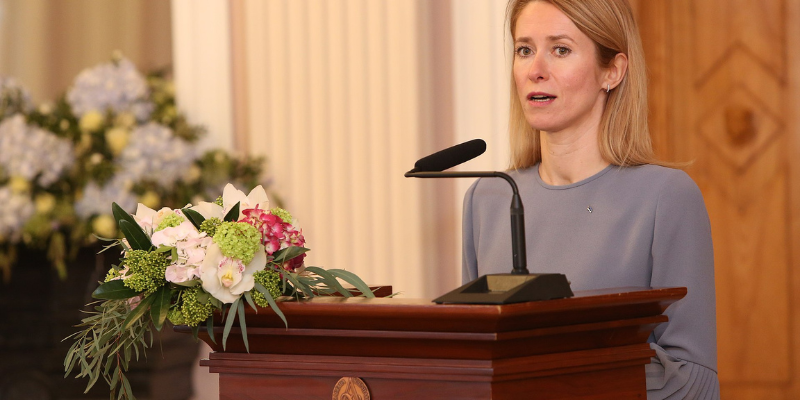
The European Union (EU) on May 20 approved its 17th package of sanctions against Russia since the all-out war started in February 2022, aiming to tighten the screws on the Kremlin’s war machine with fresh restrictions on nearly 200 vessels used to circumvent oil export bans.
Russia’s oil and gas revenues accounted for up to 20 percent of yearly gross domestic product (GDP) – or the total value of its goods and services. In 2023, oil and gas revenues composed 30 percent of Russia’s government budget revenues, but they were nearly 42 percent the previous year when Russia launched the full-scale invasion.
EU foreign policy chief Kaja Kallas announced the measures on social media, highlighting their focus on what she called Russia’s “shadow fleet”—a network of tankers used to surreptitiously circumvent detection and restrictive measures while shipping sanctioned oil around the globe.
The new sanctions also address hybrid threats and human rights violations, according to Kallas. She signaled that more punitive steps are in the works. “The longer Russia wages its war, the harsher our response will be,” she wrote on social media.
The EU has steadily expanded its sanctions since Russia launched its full-scale invasion of Ukraine in February 2022, targeting energy exports, financial institutions and military technology in an effort to erode Moscow’s ability to sustain the war.
SOURCESymbolic number of the Day
Shahed drones now carry 90-kilogram warheads, Defense Express reports. Russia’s Shahed-136 drones are now being armed with heavier payloads of 90-kilogram (about 198-pounds) warheads, nearly twice the weight of earlier models, Ukrainian media outlet and consultation firm Defense Express reported on May 20. These new payloads pack more destructive force. One, made in Russia, combines armor-piercing, explosive, fragmentation, and incendiary effects. The Iranian version – from where they derive and are now believed to be made in the Tatarstan region of Russia as well — offers a similar impact minus the explosion ignition starting materials. In plain terms: the drones can now damage a wider range of targets and cause more severe destruction. Russia has been steadily upgrading drone warheads—earlier this year, it introduced a version filled with steel balls for greater lethal impact.
SOURCEWar in Pictures
Russia launches 27 aerial attacks on Donetsk region in 24 hours. Over the past day, Russian forces carried out 27 airborne strikes on civilian targets in the easternmost Donetsk Oblast, causing multiple fires and damaging critical infrastructure, according to the State Emergency Service of Ukraine (SES).
In the region’s town near the front line Kostiantynivka, a fire ignited at a critical civilian infrastructure facility following an enemy strike. In Lyman, shelling caused dry grass aflame in an open area. In Mykolaivka, an attack on the residential sector set a house ablaze and damaged four other houses. Fires also erupted at industrial facilities in Kramatorsk and Sloviansk.
Thanks to the swift response of firefighters, all blazes were quickly extinguished. Emergency workers continue to operate around the clock to mitigate the consequences of Russian attacks and save civilian lives.
SOURCE
Video of the Day
Ukrainian unit conducts 12-kilometer casualty evacuation using unmanned ground vehicle. The 13th National Guard Brigade, known as “Khartia,” has successfully conducted a casualty evacuation (CASEVAC) using a ground-based unmanned system , according to the brigade’s press service.
In comments to Oboronka – a technology and media platform – the operation employed a modified Targan logistics unmanned ground vehicle (UGV), which was adapted for medical evacuation purposes.
The wounded soldier was secured onto the UGV and transported autonomously across challenging terrain to a designed rendezvous point, where a brigade evacuation team had taken over responsibility. The mission was carried out by personnel from Khartia’s robotics systems detachment in coordination with its operational support battalion, engaged in the brigade’s area of theater north of the northeastern city of Kharkiv.
Footage released by the brigade shows the Targan navigating varied terrain, underscoring the potential of unmanned systems in reducing risk to personnel during frontline medical evacuations.
SOURCEInstitute for the Study of War (ISW) report

Key Takeaways:
- U.S. President Donald Trump and Kremlin ruler Vladimir Putin held a phone call on May 19 to discuss ceasefire and peace negotiations regarding Russia’s war in Ukraine.
- Russia must explicitly acknowledge the legitimacy of the Ukrainian president, government, and constitution and Ukraine’s sovereignty in order to engage in meaningful, good-faith negotiations.
- Russia must agree that ceasefire negotiations must precede peace settlement negotiations.
- Russia must show its willingness to make concessions of its own in any future bilateral negotiations, especially as the Kremlin appears to be setting conditions to expand its list of demands amid the peace talks.
- Russia reportedly continues to expand its military infrastructure along its border with Finland and Estonia, likely in preparation for future aggression against NATO.
- Ukraine’s Western allies continue to provide military aid to Ukraine.
- Ukrainian forces recently advanced in Kursk Oblast and near Borova and Toretsk. Russian forces recently advanced in Kursk Oblast and near Chasiv Yar, Toretsk, and Novopavlivka.
War heroes
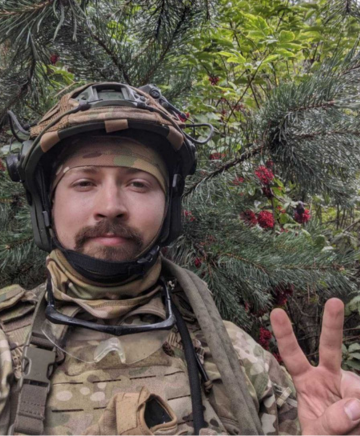
In memoriam: Ukrainian soldier Bohdan Petrushchenko, a hero of Ukraine’s defense forces
Bohdan Petrushchenko, known by the call sign “Pers,” was killed on Sept. 26, 2024, near the village of Khrapivshchyna in Sumy region. He died as a result of a Russian airstrike while on duty. He was 28 years old. Petrushchenko was born in the city of Chystiakove, Donetsk region. He lived for many years on the Crimean Peninsula and later in the southern region of Zaporizhzhia. He graduated from that region’s national technical university with a degree in industrial engineering and worked at the Motor Sich company, a prominent aerospace and defense company.
Outside of work, he explored a wide range of interests — art, psychology, history, literature, information technology and programming. He played guitar, wrote poetry and composed music.
After the start of Russia’s full-scale invasion, Petrushchenko joined the Armed Forces of Ukraine. He served in the 54th Reconnaissance Battalion, where he worked as a drone-based reconnaissance data decoder in a drone systems unit. For his service, he was awarded the “War Veteran” badge.
“Bohdan was more than a husband — he was my best friend and mentor,” said his widowed wife, Oleksandra. “He was someone you could talk to about cosmology and anthropology, exchange endless reading lists, and then laugh for hours over silly animal videos. He was devoted, caring and calm — a man who taught me to love life.” Petrushchenko’s remains were cremated in Kyiv. He is survived by his wife, parents, sister and two brothers.
*Petrushchenko’s story on the Heroes Memorial – a platform for stories about the fallen defenders of Ukraine.
SOURCELatest news
- Trump says he has “red line” in Ukraine-Russia talks, after which he could withdraw from process
- UK extends sanctions against Russia in response to latest large-scale drone attack on Ukraine
- US will not tighten sanctions on Russia
- Financial Times: EU leaders see no willingness from Trump to pressure Putin
- Zelenskyy: We won’t be withdrawing our troops from our territories
- Trump states he is ready to “back away” from Ukraine-Russia talks if “progress isn’t made”
